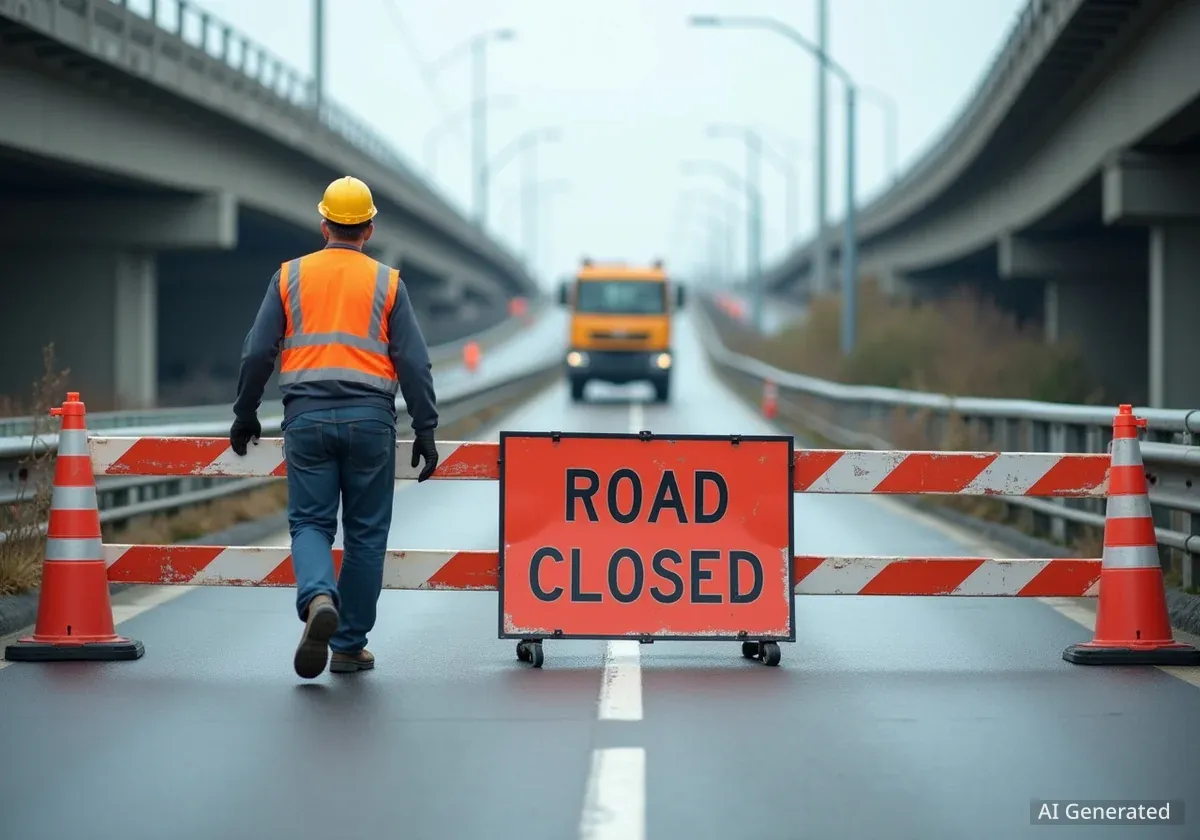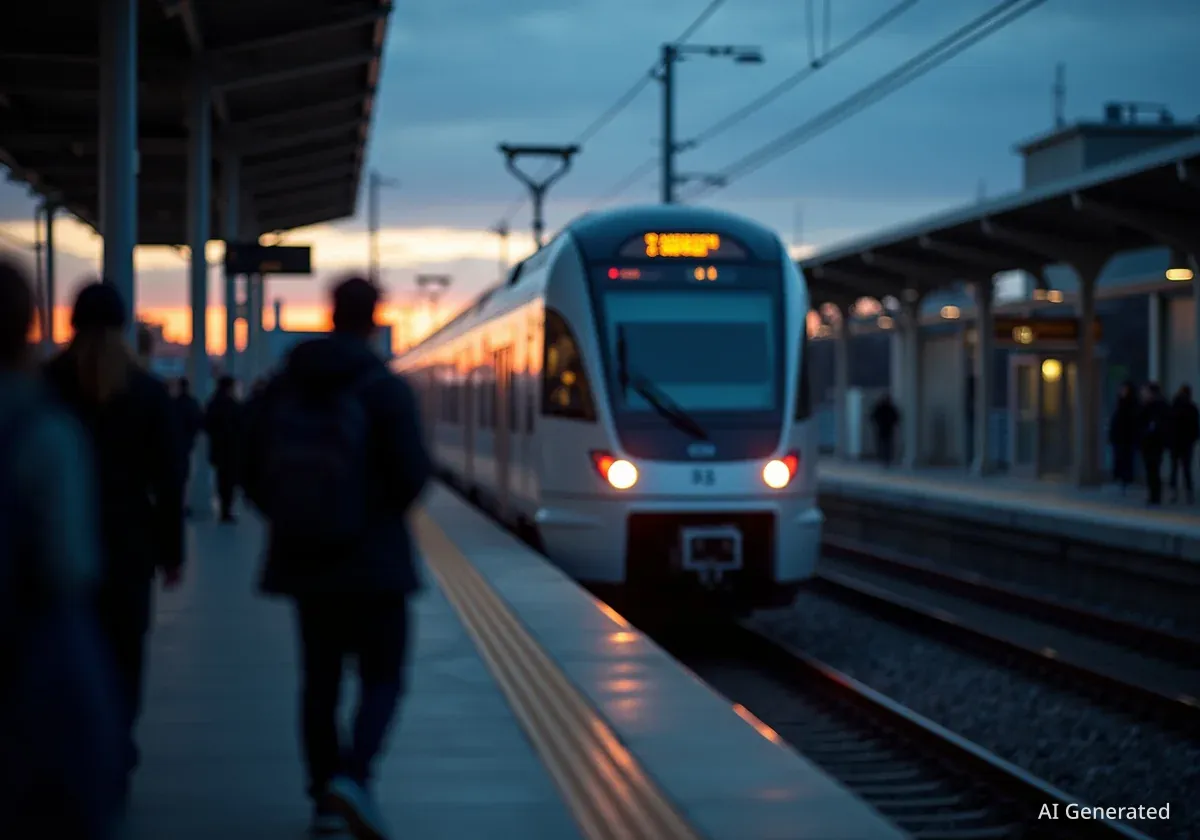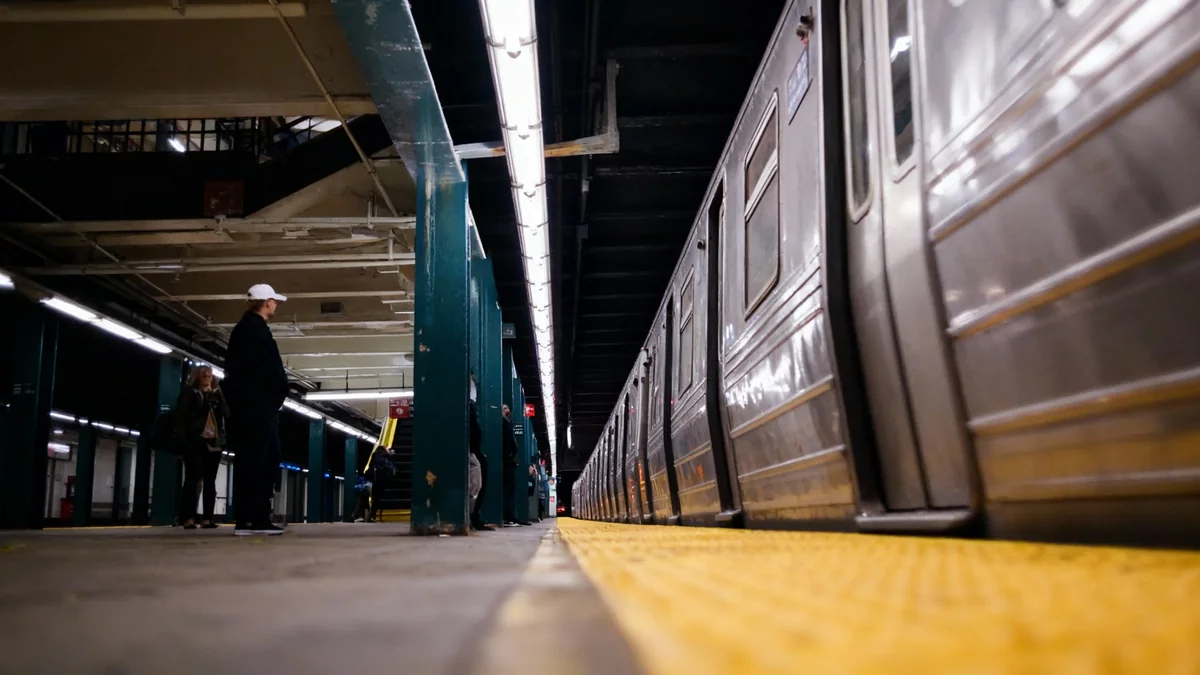A key transportation route in Fort Wayne, Indiana, will experience a temporary closure. The ramp connecting eastbound U.S. 30 to southbound I-69 is scheduled to close for essential repairs beginning Saturday, October 11. This closure is part of a larger project focused on concrete patching and joint repairs along the I-69 corridor. Drivers should plan for a two-week disruption and consider alternative routes.
Key Takeaways
- Eastbound U.S. 30 ramp to southbound I-69 in Fort Wayne will close.
- Closure begins Saturday, October 11, for approximately two weeks.
- Repairs involve concrete patching and joint work on I-69.
- Drivers are advised to use detours, including the Exit 311B loop ramps.
- Work schedule is dependent on weather conditions.
Scheduled Closure and Project Details
The Indiana Department of Transportation (INDOT) has announced the upcoming closure. The specific ramp affected is the one allowing traffic from eastbound U.S. 30 to merge onto southbound I-69. This section of roadway is critical for daily commuters and regional travel.
The closure is necessary to allow crews to perform concrete patching and joint repairs. These maintenance activities are vital for ensuring the long-term safety and structural integrity of the interstate highway system. Such repairs help prevent further deterioration and provide a smoother driving experience for motorists.
Important Fact
The I-69 corridor is a major interstate highway in the Midwest, connecting several states. Maintaining its infrastructure is crucial for both local and interstate commerce and travel.
Duration and Weather Dependency
Officials estimate the closure will last for approximately two weeks. However, this timeline is subject to change. Construction schedules, especially those involving concrete work, are often dependent on favorable weather conditions. Rain, cold temperatures, or other adverse weather could delay the reopening of the ramp.
Drivers should monitor local news and traffic updates for any changes to the projected schedule. Planning ahead will help minimize delays and frustration during the repair period. The goal is to complete the work efficiently while ensuring quality and safety.
"Maintaining our infrastructure is a continuous effort. These repairs on I-69 are essential for the safety and longevity of our roadways," stated a representative from the local transportation authority, highlighting the importance of the project.
Recommended Detour Routes
For drivers who typically use the eastbound U.S. 30 ramp to southbound I-69, specific detour instructions have been provided. The primary recommended alternative involves a slight adjustment to the route to access southbound I-69.
Motorists should enter I-69 heading north. They will then use the loop ramps at Exit 311B, which serves S.R. 3/Lima Road. From there, drivers can safely transition to southbound I-69. This detour is designed to guide traffic around the closed ramp efficiently.
Navigating the Detour
- Step 1: Drive eastbound on U.S. 30.
- Step 2: Enter I-69 heading north.
- Step 3: Proceed to Exit 311B (S.R. 3/Lima Road).
- Step 4: Utilize the loop ramps at Exit 311B to turn around and access I-69 South.
- Step 5: Continue southbound on I-69.
Drivers also have the option to seek entirely alternate routes if they are familiar with the local road network. Checking GPS or mapping applications for real-time traffic information is always advisable, especially during unexpected road closures or construction periods.
Background on I-69
Interstate 69 is a significant north-south highway that passes through Indiana, connecting Indianapolis with Fort Wayne and extending north towards Michigan. It is a vital artery for freight transport and passenger travel in the region. Ongoing maintenance projects like this one are common for major interstates, ensuring they remain in good condition for the millions of vehicles that use them annually.
Impact on Local Traffic
While the closure is temporary, it may lead to increased traffic volume on nearby local roads, particularly during peak travel times. Residents and businesses located near the affected interchange should anticipate potential delays. Adjusting travel times or finding alternative local paths might be beneficial.
The city of Fort Wayne is a major economic hub in northeast Indiana. Disruptions to its main transportation arteries can affect commute times for thousands of individuals daily. Local authorities and transportation departments work to minimize these impacts by providing clear communication and efficient detour options.
Tips for Drivers During Closure
- Check Updates: Stay informed through local news and traffic apps for any schedule changes.
- Plan Ahead: Allow extra travel time, especially for critical appointments or work commutes.
- Use Detours: Follow the marked detour signs or recommended routes.
- Drive Safely: Be aware of increased traffic and construction zones.
- Consider Alternatives: For shorter trips, explore local streets as an alternative to the interstate detour.
The completion of these repairs will ultimately benefit all drivers by improving the condition of I-69. Patience and cooperation from the public are appreciated as crews work to finish the project as quickly and safely as possible.
Did You Know?
Indiana has over 11,000 miles of state highways and interstates. Maintaining this extensive network requires continuous investment and planned repair projects throughout the year.
Long-Term Infrastructure Goals
This repair project is part of Indiana's ongoing commitment to infrastructure maintenance and improvement. State transportation agencies regularly assess road conditions and schedule necessary repairs to ensure the safety and efficiency of the transportation network. These projects contribute to the state's economic vitality by facilitating the movement of goods and people.
Investing in infrastructure not only addresses immediate repair needs but also supports future growth. Well-maintained roads reduce wear and tear on vehicles, improve fuel efficiency, and enhance overall travel reliability. The current work on I-69 aligns with these broader goals for the region's transportation system.





